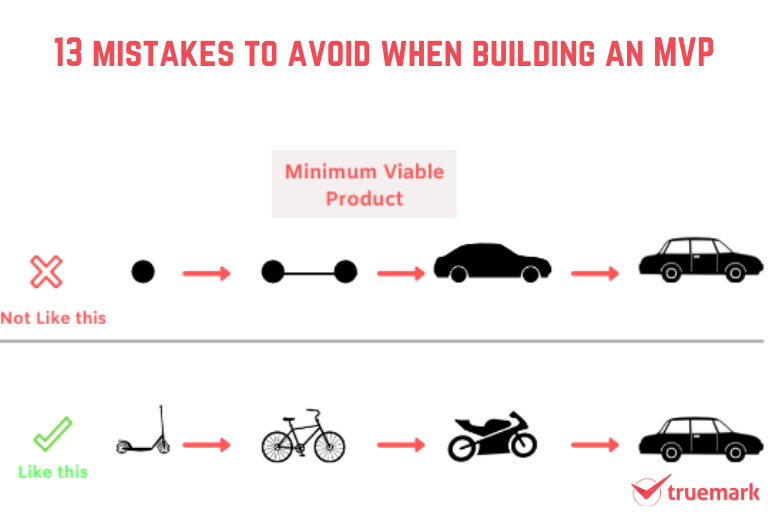Kanban and Scrum are the two of the most talked-about Agile methodologies. Even though they share the same blood and are used in project management to complete projects in iterations, the means and approaches they use differ from each other. While Kanban is about flexibility- the tasks you do today may change tomorrow, Scrum is about focusing on the tasks that usually last for 1-3 weeks (Sprint).
Kanban and Scrum have their own pros and cons. So, choosing one depends on many factors. So today, we will go through Kanban vs Scrum to make it easier for you to pick the right approach for your project.
What is Kanban?
Like every other Agile method, the tasks are divided into small chunks in Kanban as well. It mainly focuses on visualizing the tasks, especially on Kanban Boards, making it easier for every team member to observe the status of the project in each development phase. It keeps the workflow smooth and seamless.
Since everyone knows what tasks have been finished and what needs to be done next and can move them, it keeps everyone on the same page. Communication and collaboration become much easier this way. It eliminates the risks of project failure and maximizes productivity.
Rather than delegating roles and responsibilities manually every day, Kanban is much more effective. Thus, helping the team members to prepare for any changes in their priorities.
One of the best examples of Kanban is Trello. Anyone with access can view the boards and see the progress. When a task is completed, another task is put into the queue, making it easier for team members to know what is their next priorities.
And talking about the Kanban Board, it uses cards and columns. All the tasks are queued vertically in different columns, mainly divided into Backlog, In-Progress, and Done. However, the name can be anything you want. Until and unless the tasks that are moved in one column finish, they can’t be shifted to another.
When every task is moved to the Done column, the project finishes.
Pros
Easy to use and understand: Since every task is divided into different columns, it makes it easier for team members to understand their roles and responsibilities.
Better communication and collaboration: When everyone knows their roles and responsibilities, it automatically promotes better communication and collaboration. It keeps everyone on the same page.
Tackles problems easily: When a team member is stuck on an issue, they can simply add a tag or new column or comment so that everyone is aware of the problem and solve it collaboratively.
Provides flexibility: The team members can arrange the task from low priority to high and vice versa at any time.
Cons
Lacks timing: The tasks that are on the Kanban board don’t have any timeframes. They can be finished in a day or two or a week, etc.
Dependency problem: What if the task that is a top priority for one is a low priority for another? It severely hampers the project.
Becomes complex: It can become complex when tasks simply keep on piling onto the queue continuously.
Scrum
A scrum is an approach in which the project is divided into small tasks and has small development cycles called Sprint.
Sprint lasts for 1-3 weeks, comprising tasks that the team members must finish within the timeframe. It promotes iterations, meaning the team members finish all the tasks in a Sprint and prioritize the next ones for the upcoming Sprint. It continues until the project finishes completely.
Like Kanban, Scrum uses Scrum Board to divide the tasks. It comprises columns: To Do, In-progress, and Done. Unlike Kanban, the given tasks must be completed within a Sprint in Scrum.
The scrum method includes a Development Team, Product Owner, and Scrum Master. Scrum Master is the one who oversees the Scrum board. They prioritize the tasks and delegate roles and responsibilities to the team members. The Product owner defines the project scope, requirements, and goals. The development completes the tasks given to them.
One of the best examples of the Scrum tool is Jira. But, it supports Kanban as well.
Pros
Simple and Easy: Just like Kanban, Scrum is easy to understand, since tasks are divided into columns.
Faster delivery: Working in short development cycles, Sprints, promotes faster delivery.
Continuous feedback and improvement: In Scrum, the clients work closely with the development team, so feedback from them fosters continuous improvements in the project.
Transparency: As stated earlier, the clients are involved in the development and regular meetings, so they get every information related to the project.
Cons
Lack of time: Sometimes, the tasks in a Sprint might exceed the timeframe.
Implementation becomes hard in a large team: The Scrum method is suitable for a team of 10-15 members. More than that could lead to mismanagement.
Risk of failure: Change in team or absence of a member in a Sprint planning could risk the project.
Kanban vs Scrum
Time
Unlike Scrum, Kanban doesn’t have any sprint planning. Scrum promotes prioritization, whereas Kanban fosters workflow. The team completes tasks one after another given in the queue.
Roles
As stated earlier, the Scrum method includes the Product Owner, Development Team, and Scrum Master. However, in Kanban, there are no specific roles.
Change in priorities
The priorities might change even in the mid of Kanban. But, in Scrum, tasks are divided and prioritized in the sprint planning. So, there are rarely any changes.
Iterations
Scrum is all about iterations. When one sprint finishes, the next is planned until the project finishes. However, Kanban isn’t about it.
Which to choose: Kanban vs Scrum?
Kanban and Scrum both have their own pros and cons, which we discussed above.
But, how do you know which method is right for you?
When to choose Kanban?
- If you have small projects, but large teams to manage.
- If you have to deliver the products once when it finishes.
- If your prioritization changes at any time.
- If you want to see the results quickly.
- If there is no dependency on your project.
When to choose Scrum?
- If you have large and complex projects. Works well with a small team.
- If you have to deliver the features continuously.
- If you have a fixed development team from the start to the completion of a project.
- If you have a better estimation of a project.
- If you are focusing on transparency and continuous feedback.
Read more: Agile vs Waterfall Method: Which is Right for Your Project?
In Conclusion
Kanban and Scrum both are great Agile methods. So, choosing the right one depends on your needs and requirements. However, sometimes companies use both of them as well.
Still, it is crucial to know what is best for you and whatnot. Choosing the right one can help you manage your team and project more effectively along with faster development and delivery with quality. Just focus on the Agile method that is solving your problems.
And if you are looking for a development partner to work on your idea, then Truemark is here for you. With 5+ years of experience in software development, we deliver results that fit your business needs. So, be sure to contact us.



